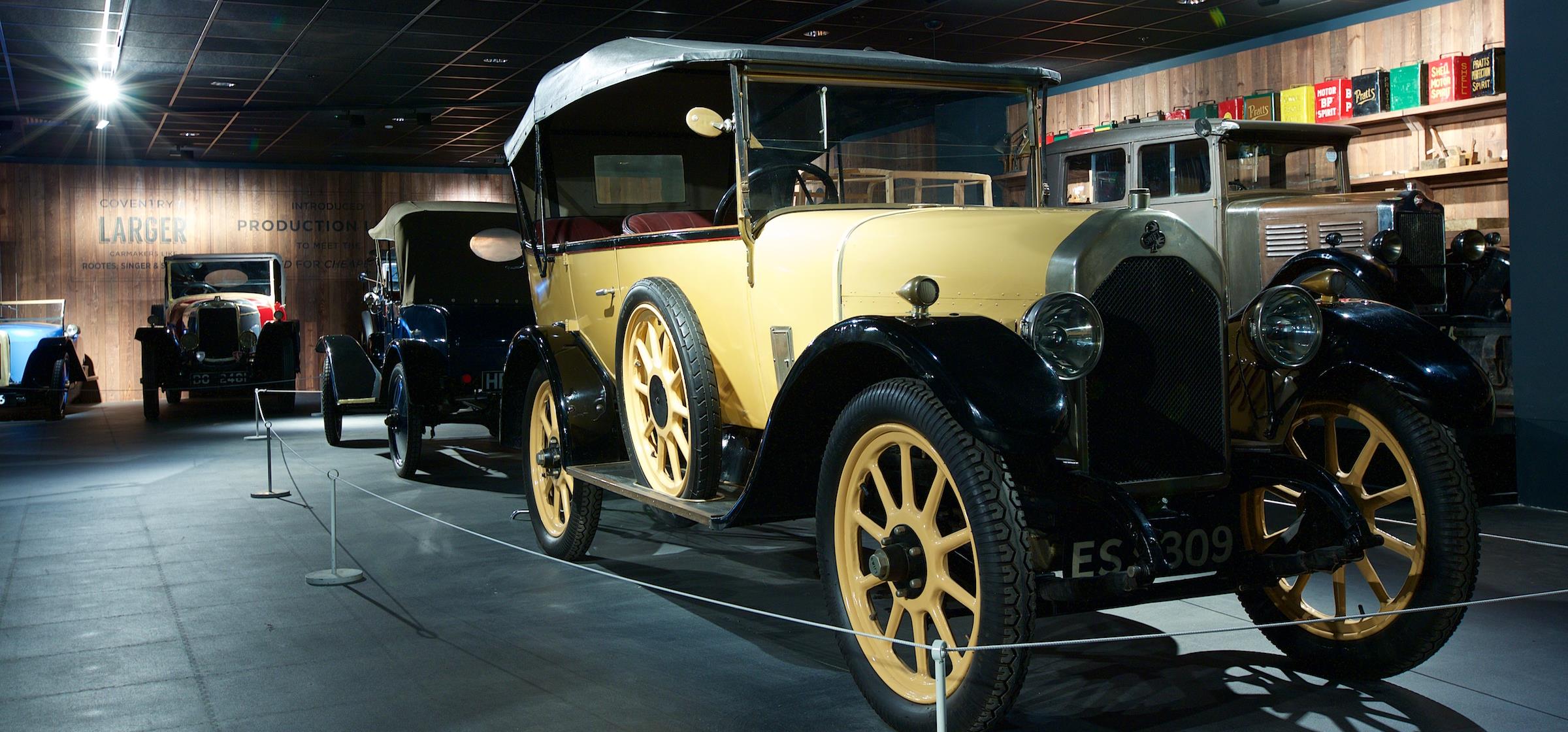The Growth of the Motor Industry 1918 to 1939
With the advent of mass production, pioneered by Henry Ford, the inter-war years saw a huge boom in private car ownership. The number of private cars on the roads doubled during the 1930s from 1 million to 2 million by the outbreak of WWII. Not all car manufacturers benefited, however. For smaller companies, who didn’t have the space or capital to introduce production lines, the 30s marked the end of the road.
By this time, most cars were able to reach speeds of around 70mph, but a 20mp h speed limit was scrapped in 1930 because it was so difficult to enforce. As a result, motorcars killed 7,343 people in 1934 (compared with 2,538 in 2008). Half of them were pedestrians.
h speed limit was scrapped in 1930 because it was so difficult to enforce. As a result, motorcars killed 7,343 people in 1934 (compared with 2,538 in 2008). Half of them were pedestrians.
If safety wasn’t a particular concern of the motorist, style certainly was. For the first time, cars could be marketed on their looks, not just their performance.
New ‘Art Deco’ designs became fashionable, which meant sloping windscreens, sweeping wing lines, curved rooflines and pillar-less windows. William Lyons of Jaguar was one of the first to recognise the appeal of this look.